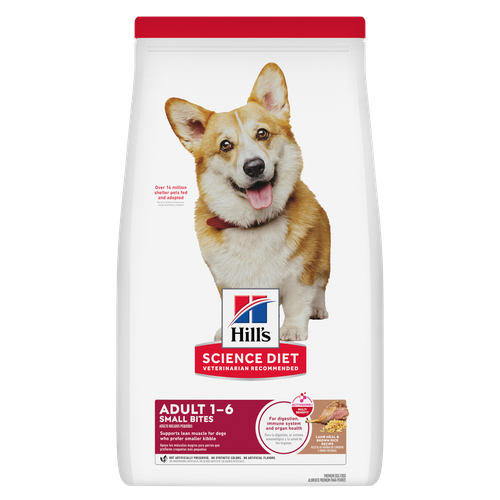

Is My Cat Too Skinny?
Knowing whether your cat is too skinny can be challenging. Fortunately, there are two easy tools you can use to determine if your cat is too thin, overweight or just right.
- The Body Condition Score: Visit your veterinarian if you are concerned about your cats weight. The veterinarian will use the BCS (comparable to body mass index for humans). A body condition score chart can help you determine if your cat is too skinny. You can find the chart online for reference, from organizations like the American Animal Hospital Association and World Small Animal Veterinary Community, or at your vet's office.
- The Hand Test: You can also use your hand as a reference to determine your cat's body condition. Feel your cat's ribs (located behind their front legs); if they feel like the back of your hand, then their weight is just right. If their ribs look or feel like your knuckles, then you have a skinny cat. If the ribs feel like your palm, then they're likely overweight. Still not sure? Check out this video from dvm360 that demonstrates the hand test.
Causes of Weight Loss in a Skinny Cat
There are two main causes for a skinny cat: Either they aren't eating enough, or they're expending more calories than they are taking in. They may not be eating enough due to stress, dental disease, nausea or a host of other reasons. Cats with certain diseases can experience weight loss and this can be the first, and sometimes the only, outward sign that an underlying disorder has developed. Weight loss can also be due to age-related decline in digestive function that can occur in some geriatric cats over 10 years of age.
The other reason that a cat might be too skinny is a lack of access to food. If you find a stray cat that is malnourished, you can contact your local shelter or veterinarian to get their opinion on what to do to bring the cat back to a state of health. They may direct you to bring them in if possible. Adopted stray cats should always be taken to the veterinarian and to screen for health problems.
While a skinny cat doesn't necessarily mean a medical emergency, if you think your cat might be too thin, it's important to schedule a checkup with your veterinarian to determine the cause of weight loss.
How to Put Weight on a Cat
If you think your kitty needs to gain weight, you should first bring them to the veterinarian so that underlying medical conditions can be ruled out. If no health problems are found, your veterinarian can guide you in getting your cat back on track and gaining weight. They may suggest some of the following.
- Healthy (but skinny) cats may simply need more meals per day and/or free access to dry food in order to gain weight. Cats prefer to 'graze' or eat small meals throughout the day so having food available all day long can make all the difference. Be sure to check with your vet to see if this would be a good option for your cat. Free choice food could lead to obesity and is only recommended in certain circumstances.
- If you have more than one cat, one might be guarding the food, preventing another from eating their fill. Make sure that all cats have access to food throughout the day in a safe, non-threatening environment.
- If your cat is nervous, make sure the food bowl is not near an object that is scaring them such as a cycling furnace, air conditioner, noisy pipe, or barking dog.
- If you feed your cat dry kibble, offer them canned food in addition to dry (or vice versa).
- If you tend to dress up their food with toppers and baby your cat at mealtimes, offer simple meals straight out of the bag or can in a quiet place without a lot of fuss.
- For cats that are truly finicky, try different flavors and consistencies of both dry and wet food — some cats prefer chicken pate, others salmon stew — but make sure to properly transition their food to avoid any digestive upset.
- Heat their food in the microwave for a few seconds to enhance its aroma. Make sure to use an appropriate microwavable container when doing so and check the temperature before feeding.
- Shred a very small amount of rotisserie chicken into their food; most cats love the smell and flavor of roasted chicken. Just be sure to only feed skinless white meat. Remember your cat's daily meal should be mainly a well-balanced cat food.
- Try adding a very small amount of the liquid from canned tuna or unsalted chicken broth to your cat's food.
Some cats may simply need a higher-calorie food and could benefit from a high-calorie, canned food. Older cats struggling to keep on weight may benefit from a highly digestible food rich in antioxidants, omega-3 and -6 fatty acids and prebiotics. If your cat is diagnosed with a health concern, your veterinarian may be able to recommend a therapeutic food specifically designed to help your pet.
Always check with your veterinarian before changing your cat's food or giving them nutritional supplements.
If you think your kitty might be too skinny, consulting their vet is always the best course of action. They can help you come up with strategies to get your cat to eat more and can determine if there are any serious issues underlying the weight loss. Hopefully, with a little patience and veterinary input, you'll have your fluff ball back to a healthy weight in no time.





















